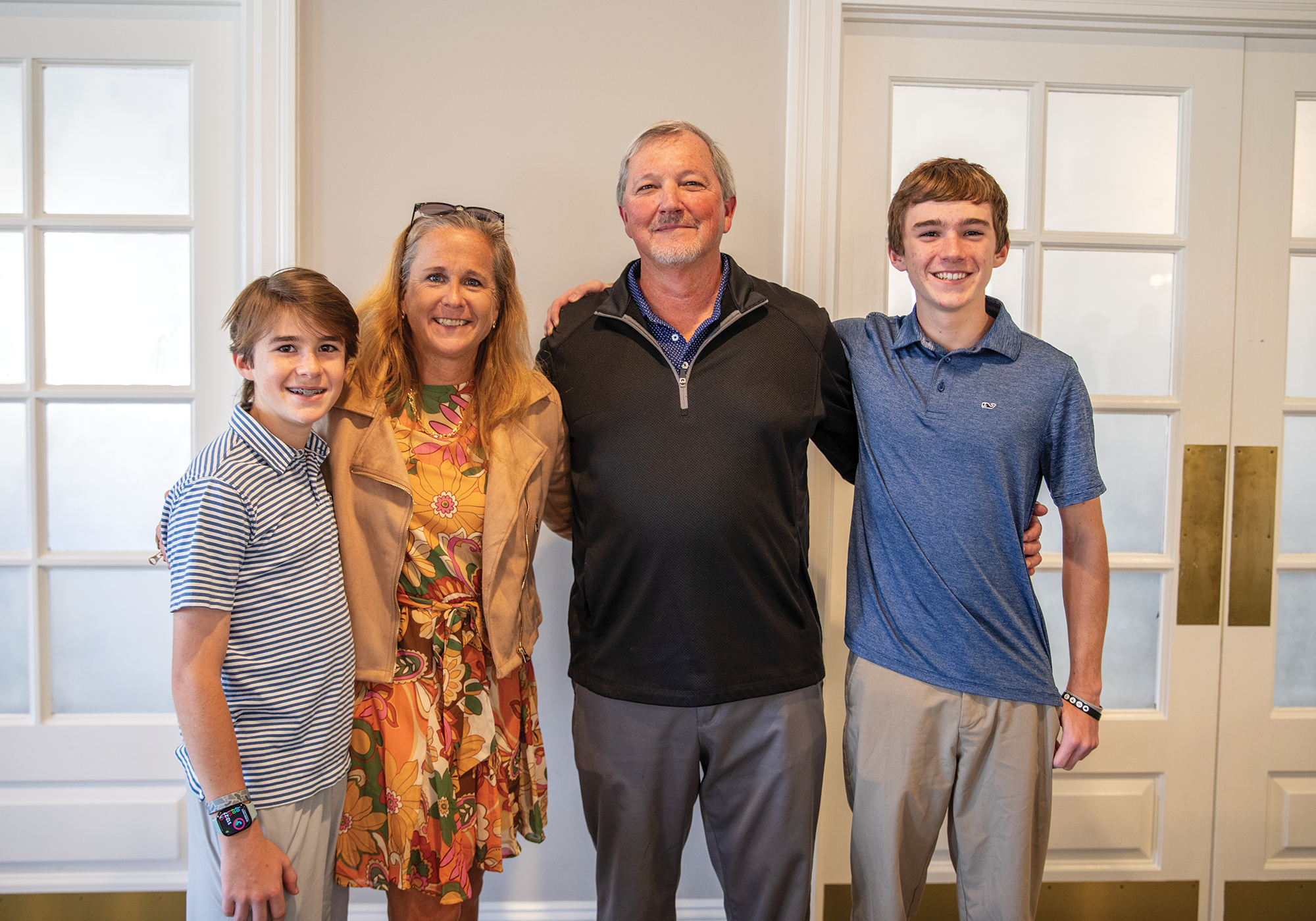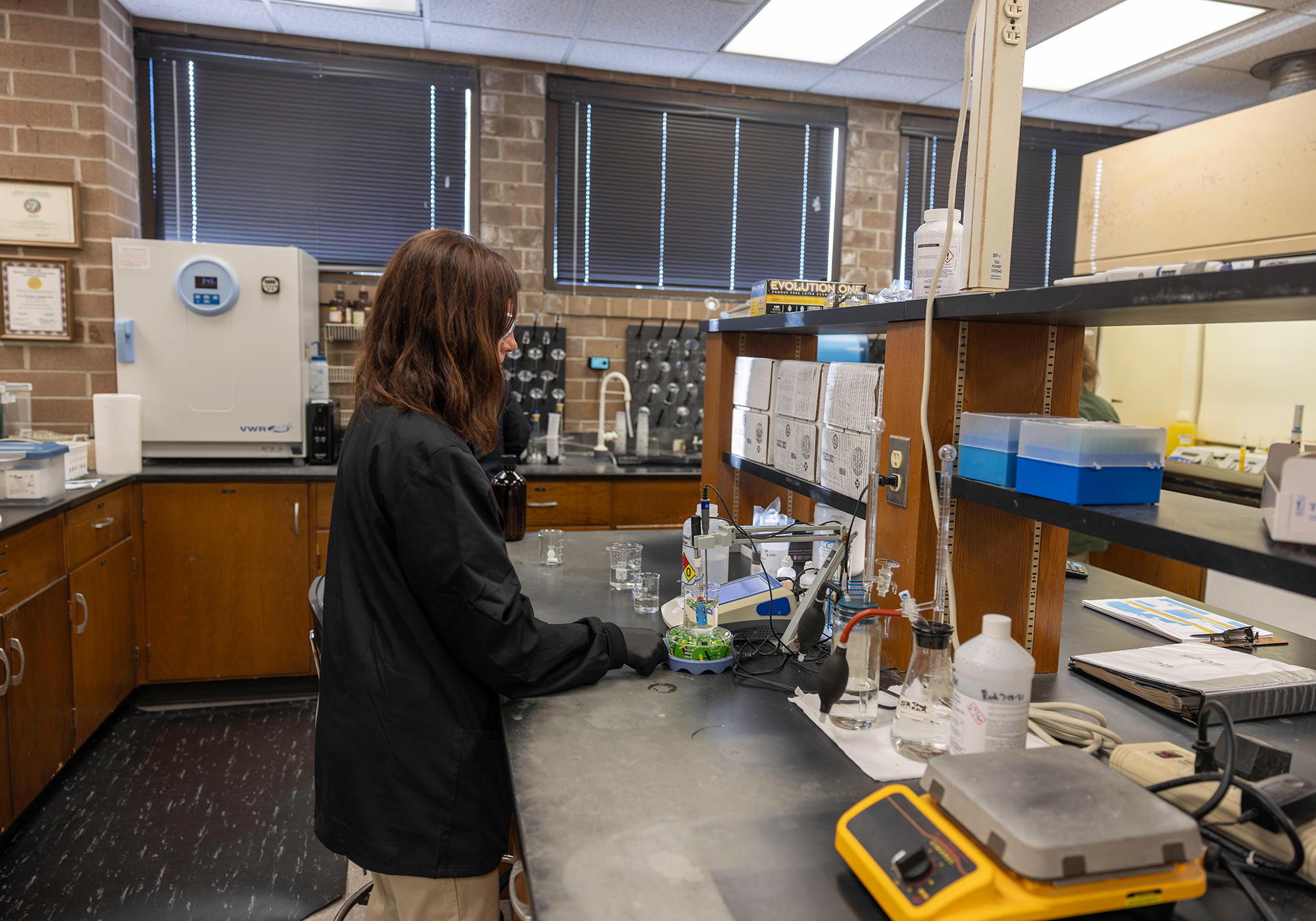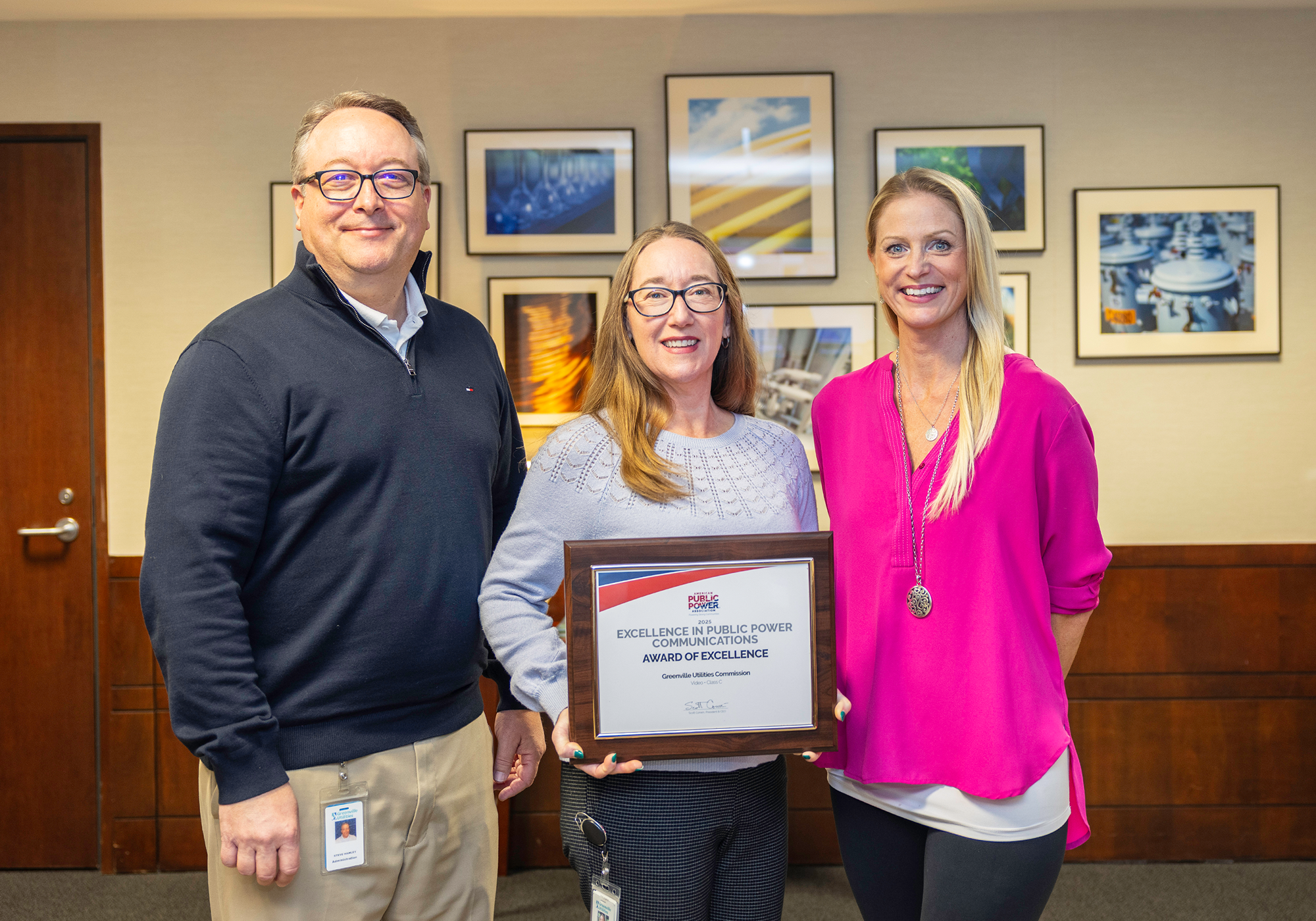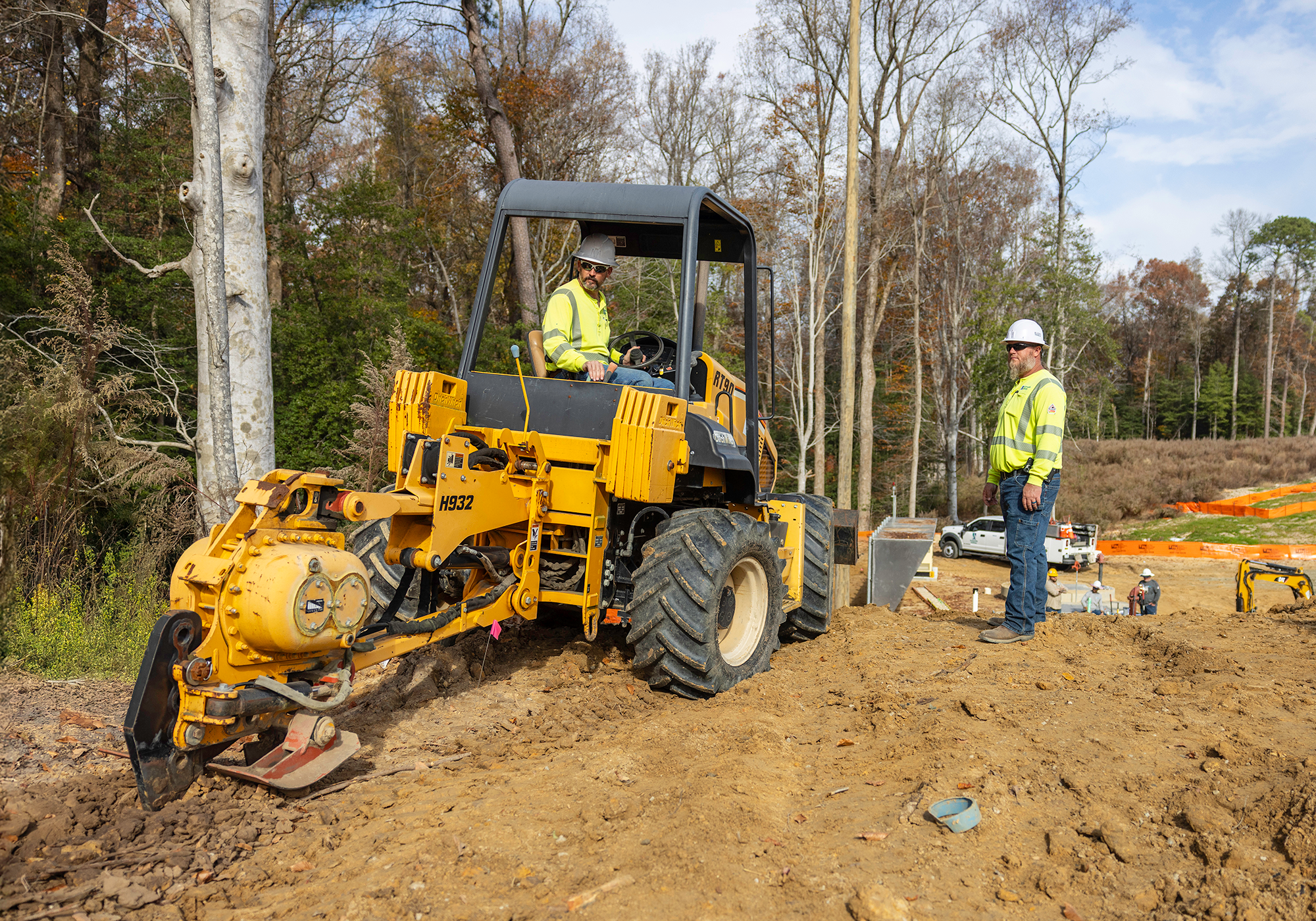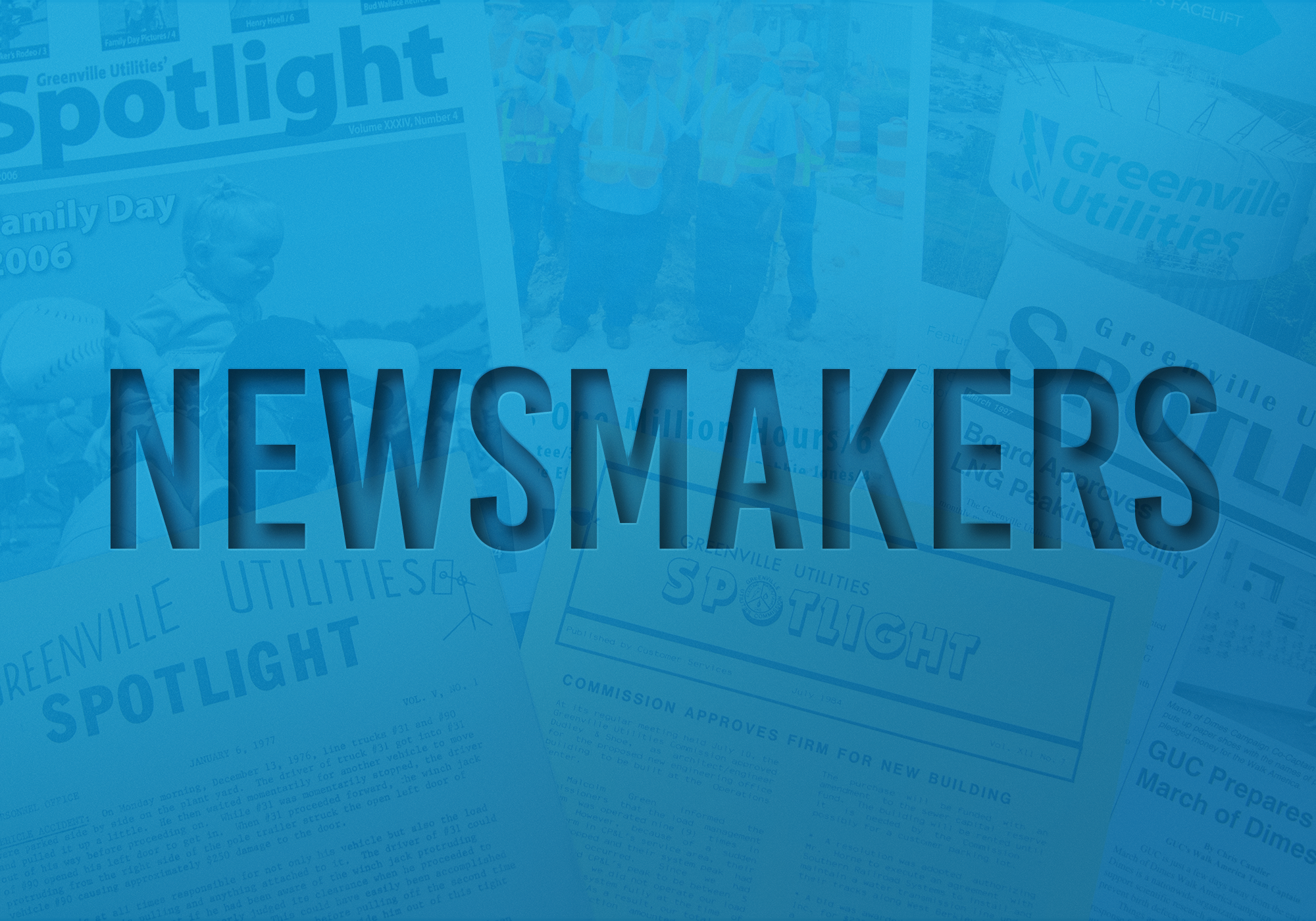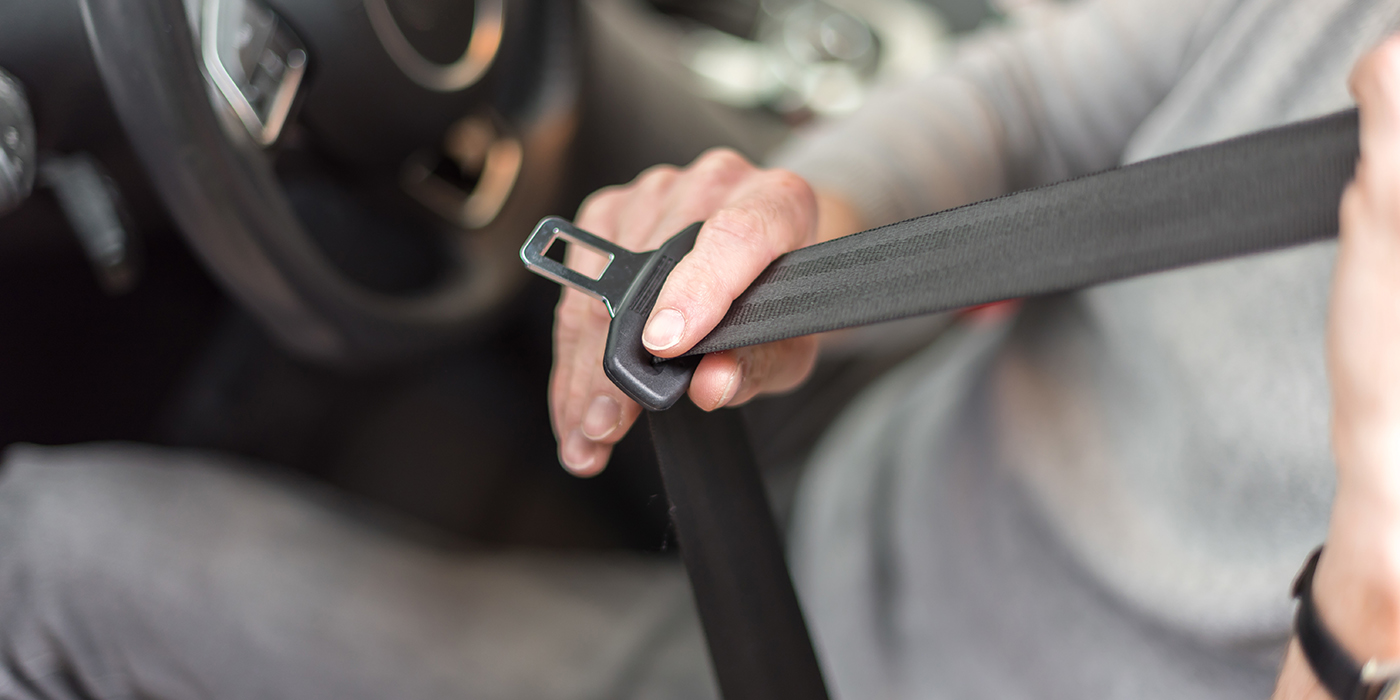
The beginning of October brought the next step in the SafeAlign process, Understanding and Influencing Behavior. This part is about identifying things that prompt certain behaviors (like at-risk behaviors) and how to possibly change them using the A-B-C model.
It starts with A, for Antecedent. It’s the situation that motivates / triggers / prompts a person to do something. That something is the B, for Behavior. It’s an observable act that we see or do. As many of our parents taught us, every behavior has Consequences (hence the C). Remembering consequences (positive or negative) can become an antecedent which makes you repeat a behavior or avoid it.
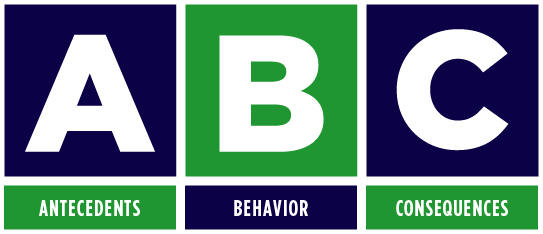 So, this step in SafeAlign deals with the A-B-C model of behavior. Antecedents lead to behaviors that have consequences, and the consequences can become antecedents that get the process going again.
So, this step in SafeAlign deals with the A-B-C model of behavior. Antecedents lead to behaviors that have consequences, and the consequences can become antecedents that get the process going again.
Here’s an example:
The desired behavior is to wear your seat belt. If you tend to get in and out of your vehicle a lot, then using your seat belt can feel like an inconvenience. If you remember that it’s inconvenient (antecedent), you may not use the seat belt (at-risk behavior). If nothing happens, then the consequences may be more comfort and you didn’t have to fiddle around with the seat belt. The next time you get into a vehicle, the memory about the comfort and convenience (antecedent) may lead to you not wearing a seat belt (at-risk behavior).
On the flip side, if you are not wearing a seat belt and get into an accident, the consequences could put you in the hospital or worse. The next time you get in a vehicle, you would likely remember that bad consequence (antecedent), which would prompt you to wear a seat belt (good, desired behavior).
Sadly, at-risk behaviors are often easier or more convenient than safe behaviors. Our GUC leaders are now trained to find which consequences and antecedents lead to at-risk behaviors. Then they must figure out when and how to provide feedback about behaviors that will create antecedents that prompt safe behaviors.
Hopefully when you drive, you buckle your seat belt. If your supervisor sees that safe behavior, they have been trained to reinforce it right away with positive feedback (the positive feedback is a consequence of the behavior). If you remember that positive feedback when you drive the next time, it will hopefully be the antecedent that prompts you to wear the seat belt again.
In the coming weeks, keep an eye out for signs around the buildings talking about these ABCs. More importantly, keep an eye out for situations that trigger at-risk behavior and think of ways to do those things more safely, even if it’s not as easy.
Remember, this process is aimed at making sure each and every employee goes home safely in the same condition or better than when they arrived at work. Spotting at-risk behaviors and changing the antecedents are just one way you are empowered to minimize risk and help make zero injuries possible.


